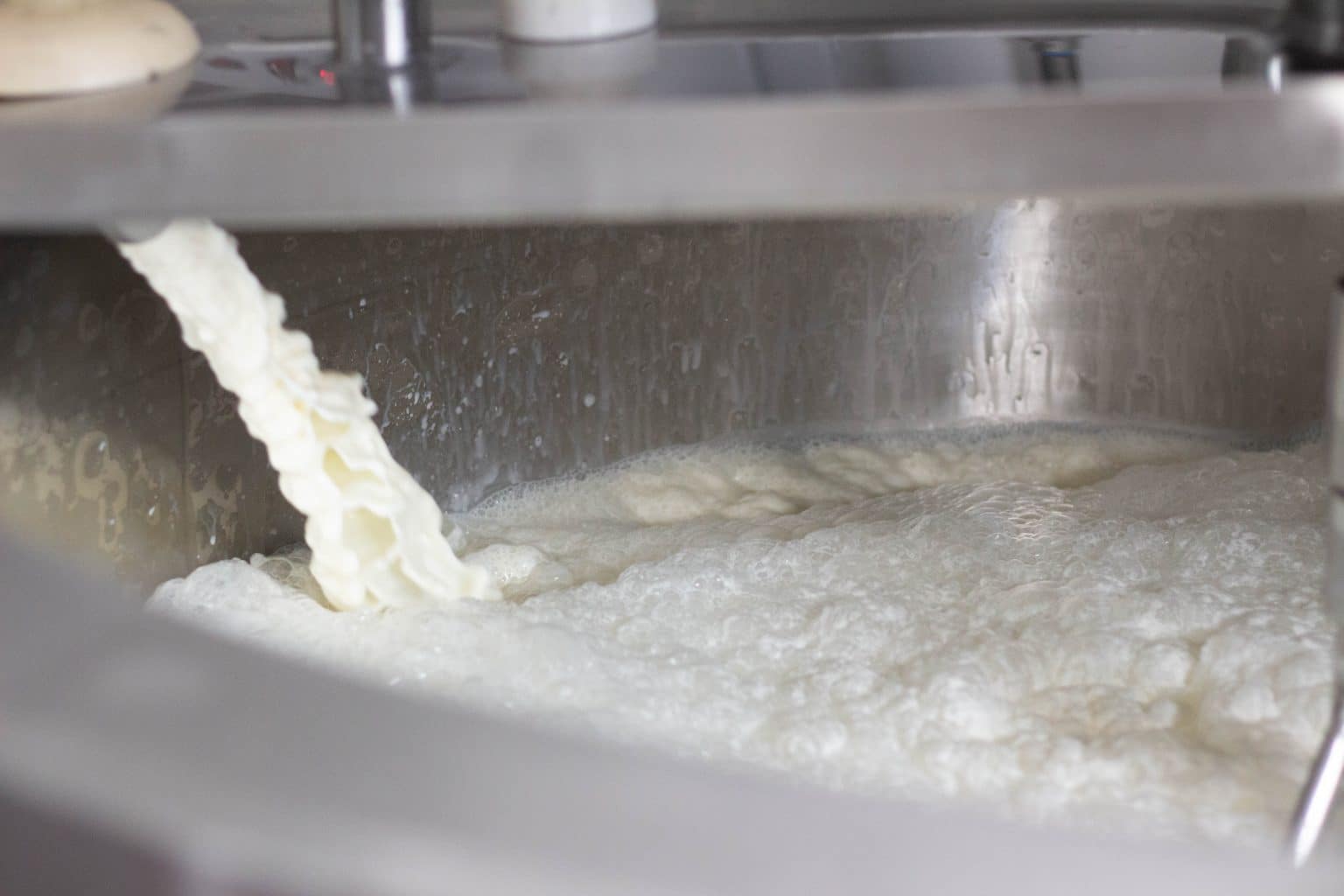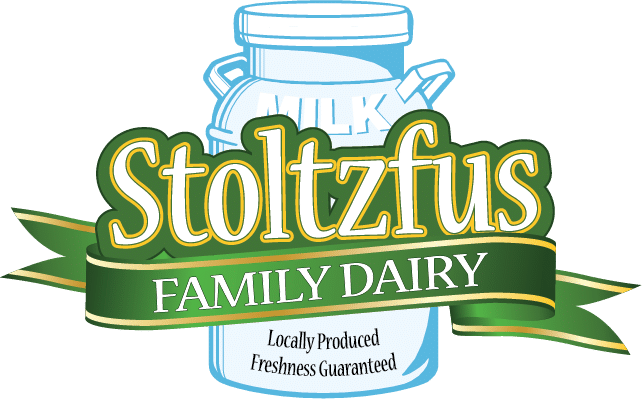What is the Difference Between Homogenization and Pasteurization?

At Stoltzfus Family Dairy, we have always wanted to keep things natural. From our humble beginnings as a small family farm, we have worked hard to produce high-quality milk. When we opened our creamery and expanded into dairy products, we wanted to apply the same passion for natural healthiness to the dairy products we began producing.
Because of this, we made the decision to avoid homogenizing our milk, and to do minimal pasteurization. This was not an easy decision, as it meant we had to reinvent some recipes for dairy products to make them work with our natural, cream line milk.
It turns out, we were not alone. There were a lot of people like us that just wanted fresh, high-quality dairy products. People who were tired of the manufactured, over-processed “dairy” products that are commonly found on store shelves today.
But what actually makes our milk different than others? What is so bad about homogenization and ultra-pasteurization, and why have we avoided it for all these years? Where did these milk processing procedures come from anyway? The answer is probably not what you think.
Pasteurization
Pasteurization is a milk processing technique that involves heating up the milk to 140 degrees Fahrenheit. This is the mildest form of milk processing, and it kills harmful bacteria in milk, making the milk safer for consumption. Some say that the taste of milk is affected by pasteurization, but this effect is more noticeable in milk that has been ultra-pasteurized, due to the more extreme heating process.
Currently, the FDA requires pasteurization for milk that is sold across state lines. All of the milk used in our products is pasteurized.
Ultra-pasteurization
This method of processing milk, which is essentially an extreme form of pasteurization, came into existence in the 1960s – 70s. This method was appealing to many dairy companies, not because it made the milk tastier, but instead because it made the milk last much longer (6-9 months!). This made it much easier for these dairy companies to distribute to wider areas, allowing them to be more profitable.
However, this comes at a cost. The intense heat of ultra-pasteurization is well known to alter the flavor of dairy products, more than basic pasteurization. It ruins the naturally delicious taste of the creamy, luscious taste of milk, as well as other food products made from milk.
We have never done ultra-pasteurization on our milk products.
Homogenization
This process is the next step in the levels of milk processing, as it is the step that manipulates milk the most. Homogenization is a process that breaks up the fat globules of milk, preventing the cream from separating from the rest of the milk. This process was created solely to standardize milk, making it once again more convenient for those in the dairy industry. While this might sound great, it once again does come at a cost.
You see, the creamy nature of milk (for those who have tasted non-homogenized milk), is one of the things that makes it so unique and delicious. Destroying this cream in the milk gets rid of a key part of the milk-drinking experience; the creamy, foamy, sweet taste. Homogenization turns milk into a watery, flavorless substance that is not very enjoyable to drink.
However, that’s not the only issue.
One study found that the microscopic particles created from homogenization get absorbed directly into the bloodstream, which is harmful to the health of the body. This same study also found that the nutritional value of milk is diminished, as the vitamins are also broken down into tiny particles that are less usable for the body.
It is commonly said that homogenized milk is easier for the body to digest. While this may be true, current studies find it difficult to determine whether homogenized milk or non-homogenized milk is easier to digest. We have heard some people say that they find our non-homogenized milk easier to digest than homogenized milk; however, for some people this will be different.
Homogenization is not done for the benefit of your health, but rather for standardization in the dairy industry.
We have never done homogenization on our milk.
We hope you found this article informative and helpful. If you are looking for fresh, high-quality, natural milk, you can check out our cream line milk, available online or in a store near you.
